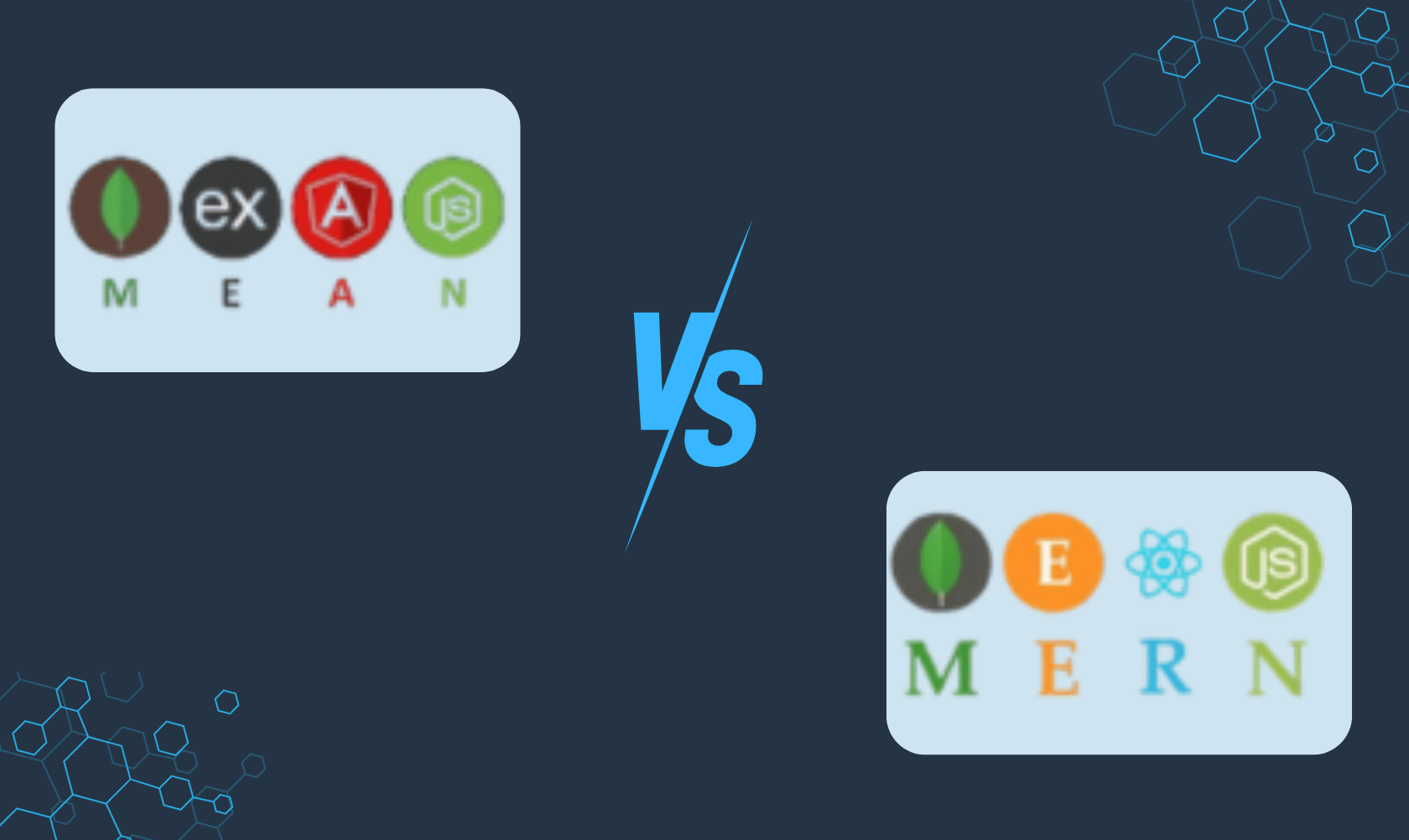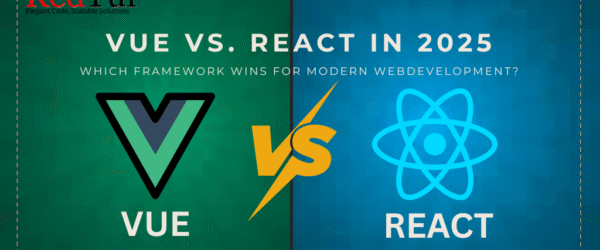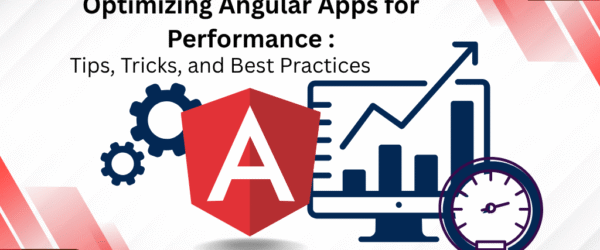When it comes to full stack development in 2025, two popular stacks dominate the conversation: MEAN and MERN. Both offer robust tools for building scalable web applications, but choosing between them depends on your project goals, team expertise, and long-term vision.
If you’re unsure whether MEAN or MERN is the right fit for your next web project, this comparison will help you make a confident, future-proof decision.
🚀 What Are MEAN and MERN?
Both MEAN and MERN are full-stack JavaScript frameworks, allowing developers to use a single language (JavaScript) for both frontend and backend development. Here’s what they include:
MEAN Stack
- MongoDB – NoSQL database
- Express.js – Web application framework for Node.js
- Angular – Frontend framework (by Google)
- Node.js – Runtime environment for executing JavaScript server-side
MERN Stack
- MongoDB
- Express.js
- React – JavaScript library for building UIs (by Meta)
- Node.js
The only difference lies in the frontend technology: Angular in MEAN vs React in MERN.
⚙️ MEAN Stack: Structured and Scalable
Angular is a complete framework with built-in tools, strong architecture, and opinionated design. It supports large-scale applications, making MEAN a solid choice for enterprise solutions, admin dashboards, or regulated industries where structure and consistency are crucial.
Pros of MEAN:
- Complete framework (Angular) with routing, HTTP, forms, and more out of the box
- Strong TypeScript support for maintainable and error-free code
- Ideal for large teams that need a standardized approach
- Supported by Google with long-term stability
Best For:
- Complex enterprise apps
- Admin panels and internal tools
- Government, finance, or healthcare platforms
⚡ MERN Stack: Fast, Flexible, and Developer-Friendly
React is a lightweight UI library focused on component-driven development. It gives developers more flexibility and control, making MERN ideal for fast-moving startups, customer-facing platforms, and dynamic single-page applications (SPAs).
Pros of MERN:
- React is easy to learn, fast, and flexible
- Great for building interactive, real-time UIs
- Strong developer ecosystem and community
- Easier for rapid prototyping and MVP development
Best For:
- Customer-facing web apps
- E-commerce platforms
- Social media, SaaS, or content-driven products
📊 Side-by-Side Comparison
| Feature | MEAN Stack | MERN Stack |
|---|---|---|
| Frontend | Angular (framework) | React (library) |
| Language | TypeScript + JavaScript | JavaScript (optionally TypeScript) |
| Learning Curve | Moderate to steep | Easy to moderate |
| Flexibility | Less (opinionated) | More (unopinionated) |
| Scalability | Enterprise-ready | Scales well, more developer-dependent |
| Performance | High | High |
| Use Case Fit | Internal systems, B2B, enterprise | Consumer apps, SPAs, startups |
💡 Which Stack Should You Choose in 2025?
Both MEAN and MERN will continue to be relevant in 2025, but your choice should depend on:
✅ Choose MEAN if:
- You need a structured and opinionated frontend
- Your team prefers TypeScript and enterprise-level architecture
- You’re building for industries with compliance needs
✅ Choose MERN if:
- You want faster development with greater flexibility
- Your project is UI-heavy and customer-facing
- Your team is experienced with React and modern JavaScript libraries
🏁 Final Thoughts
In the battle of MEAN vs MERN, there is no one-size-fits-all answer. Both stacks are powerful and efficient—but the right choice depends on your business goals, team structure, and application complexity.
At RedTuf, we specialize in building full-stack solutions tailored to your project’s unique needs—whether you’re leaning toward Angular or React. Our experts help you navigate the decision and deliver high-performance applications using the right tech stack.
Ready to choose your stack and launch your product?
Let RedTuf guide your project from concept to deployment—with the full power of MEAN or MERN behind you.





